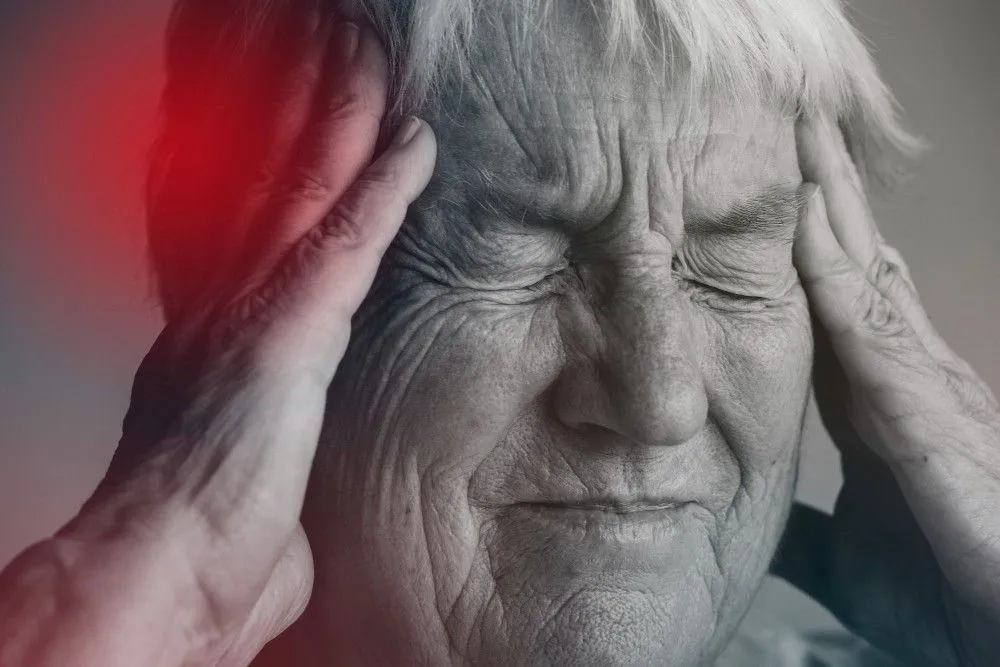A tumour is defined as a mass of tissue which forms due to accumulation of abnormal cells. Under normal conditions, the cells inside our body generate, grow old and die and are then replaced by newer cells. However, diseases like tumours and cancers disrupt this cycle. Tumour cells, for example, keep growing on despite the body having no need for them, and they don't die. With the passage of time, more and more tissues accumulate until they sometimes pose a threat to the functioning of the body.
Benign and Malignant Brain Tumours
There are two categories of brain tumours - Benign and Malignant. Benign tumours are noncancerous while malignant tumours are cancerous in nature. They in the brain and generally grow quicker than benign tumours. They are aggressive in nature and invade the surrounding tissue. It is rare for a tumour to spread to other parts of the body, but when it does, it can spread to the central nervous system. Benign tumours also are known to have clearly defined borders and are seldom deeply rooted inside brain tissue, making it easier to remove them surgically (working on the assumption that they are in such a part of the brain which can be safely operated on). However, even after removal they can come back, though the likely hood of recurrence is higher in malignant tumours than in benign ones. Benign tumours are generally not considered to be a health problem or life-threatening in nature. Exceptions do prevail, however. Some tumours have known to damage their surrounding cells by causing inflammation.What are the Symptoms?
Depending upon the type of tumour you have and its location, its symptoms can vary. This is because of the fact that different parts of the brain control varying functions of the body, thus the location of the tumour manifests itself in its symptoms.Many times it happens that tumours show no symptoms till they are quite visibly large and then they start causing a rapid decline in one's health.General symptoms include:
- Headaches
- Changes in vision
- Balance problems
- Problems with walking
- Numbness in arms or legs
- Seizures
- Changes in speech or hearing
- Problems with memory
- Inability to concentrate
- Weakness in one part of the body
- Personality changes
Treating Brain Tumours in Adults
Surgery is one of the most common ways of treating tumours. But in some cases the location of the tumours make it impossible for them to be removed surgically, as a result of which chemotherapy and radiation therapy are used for shrinking and killing the tumour. Tumours deeply embedded in the brain are treated with Gamma Knife therapy, a form of radiation therapy which is highly precise in nature. Treatment for tumours can affect healthy tissues too, which is why it is important to discuss with your doctor the possible long term effects of the treatment you will be undergoing. Tagged in Balance

Reviewed by







